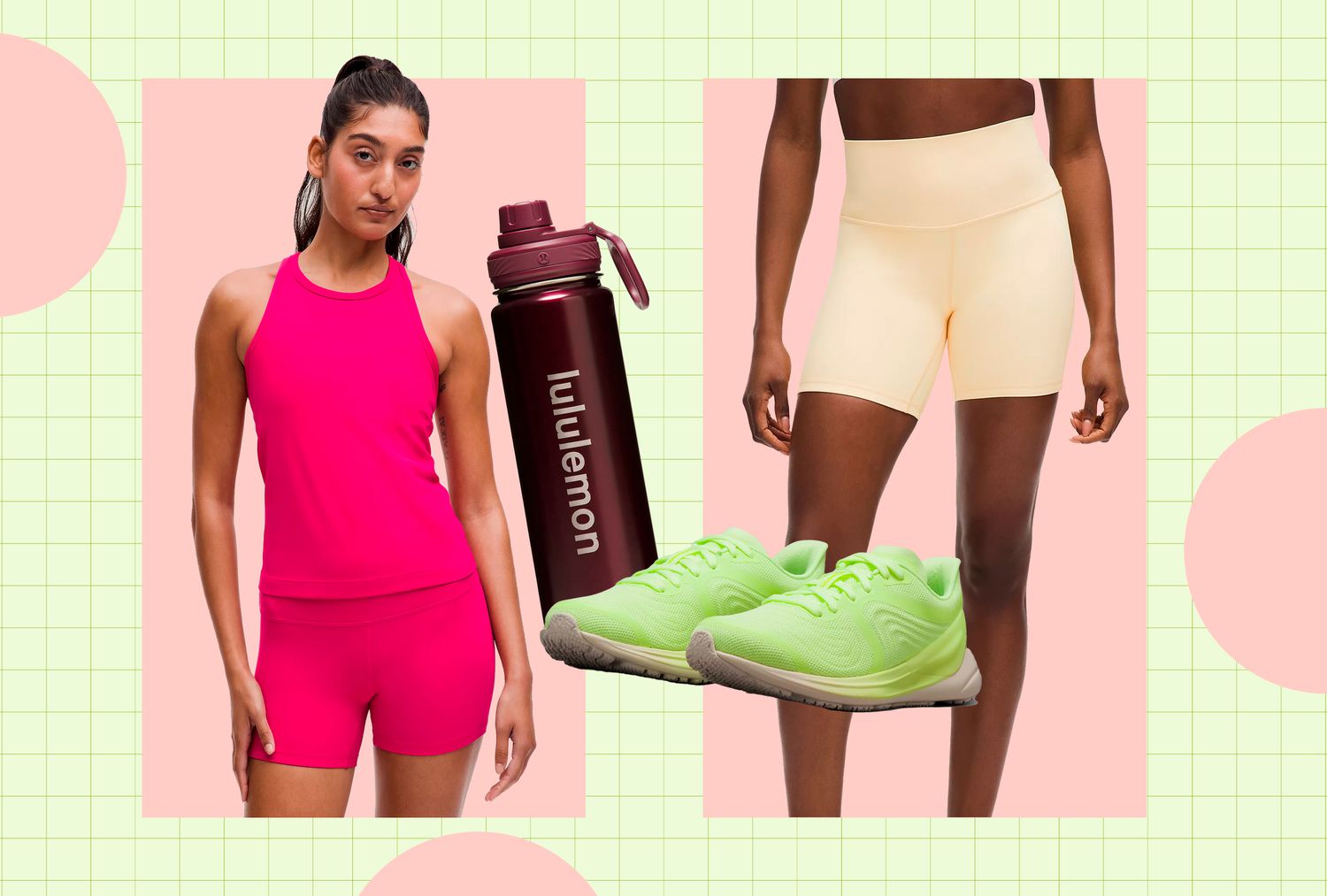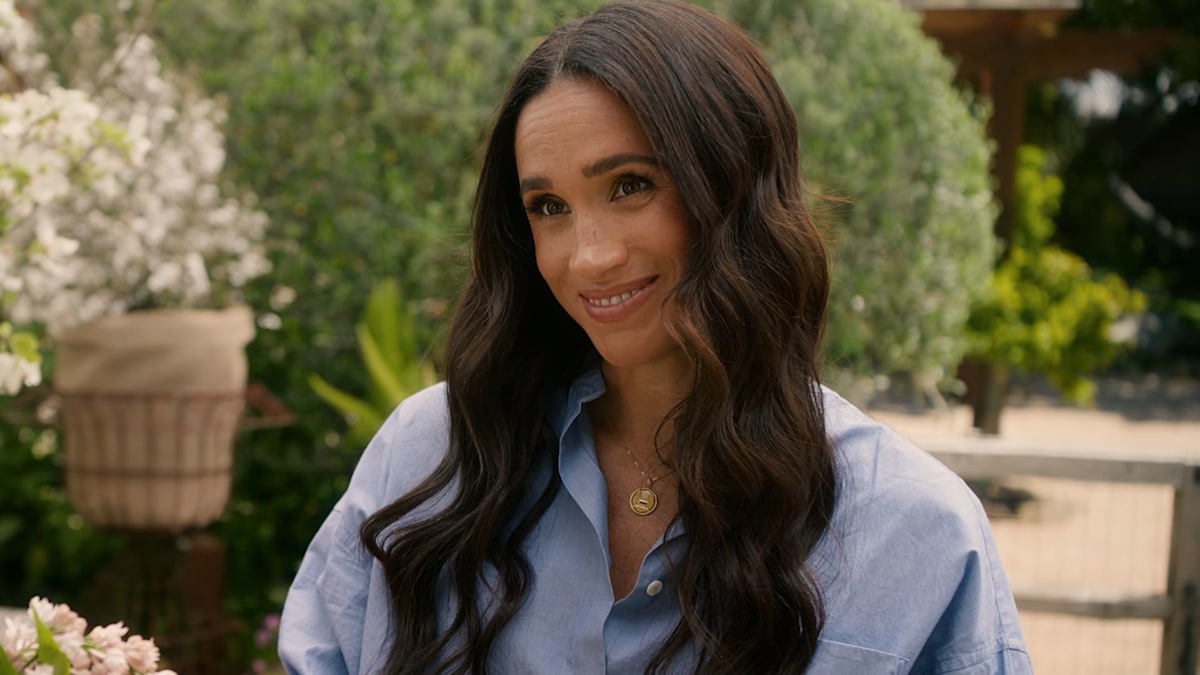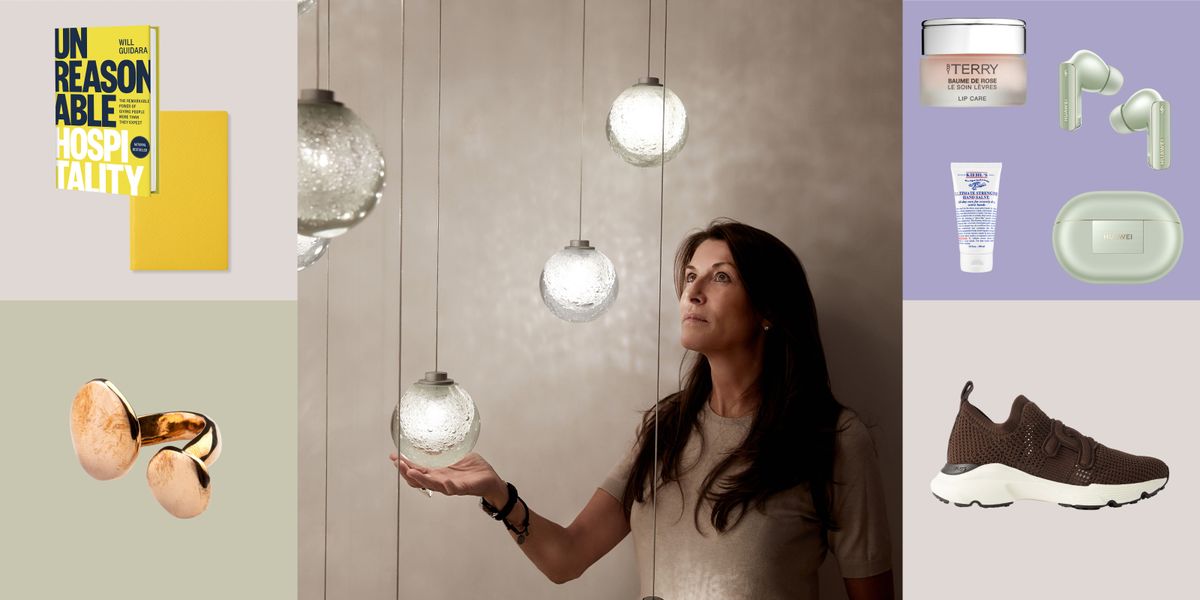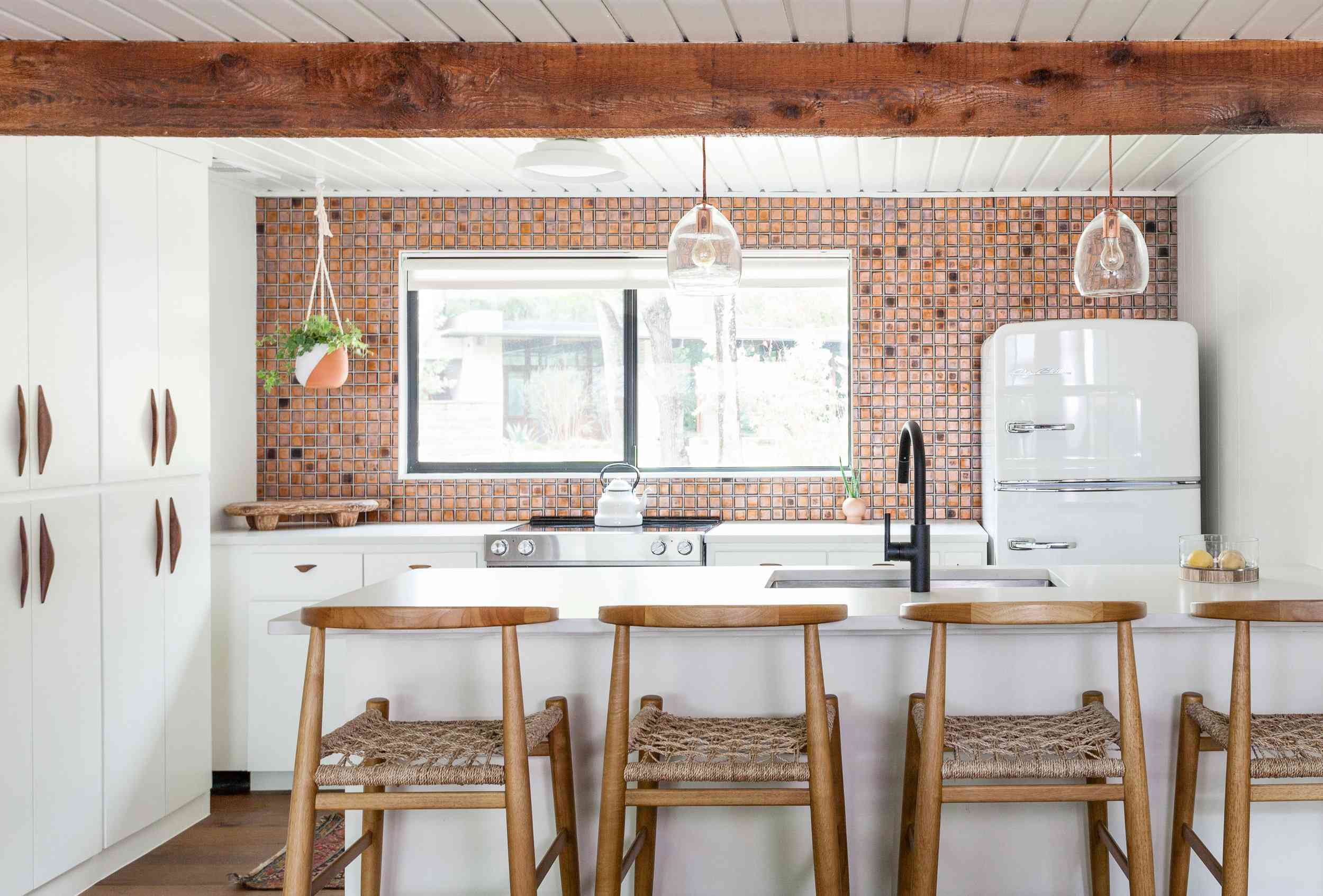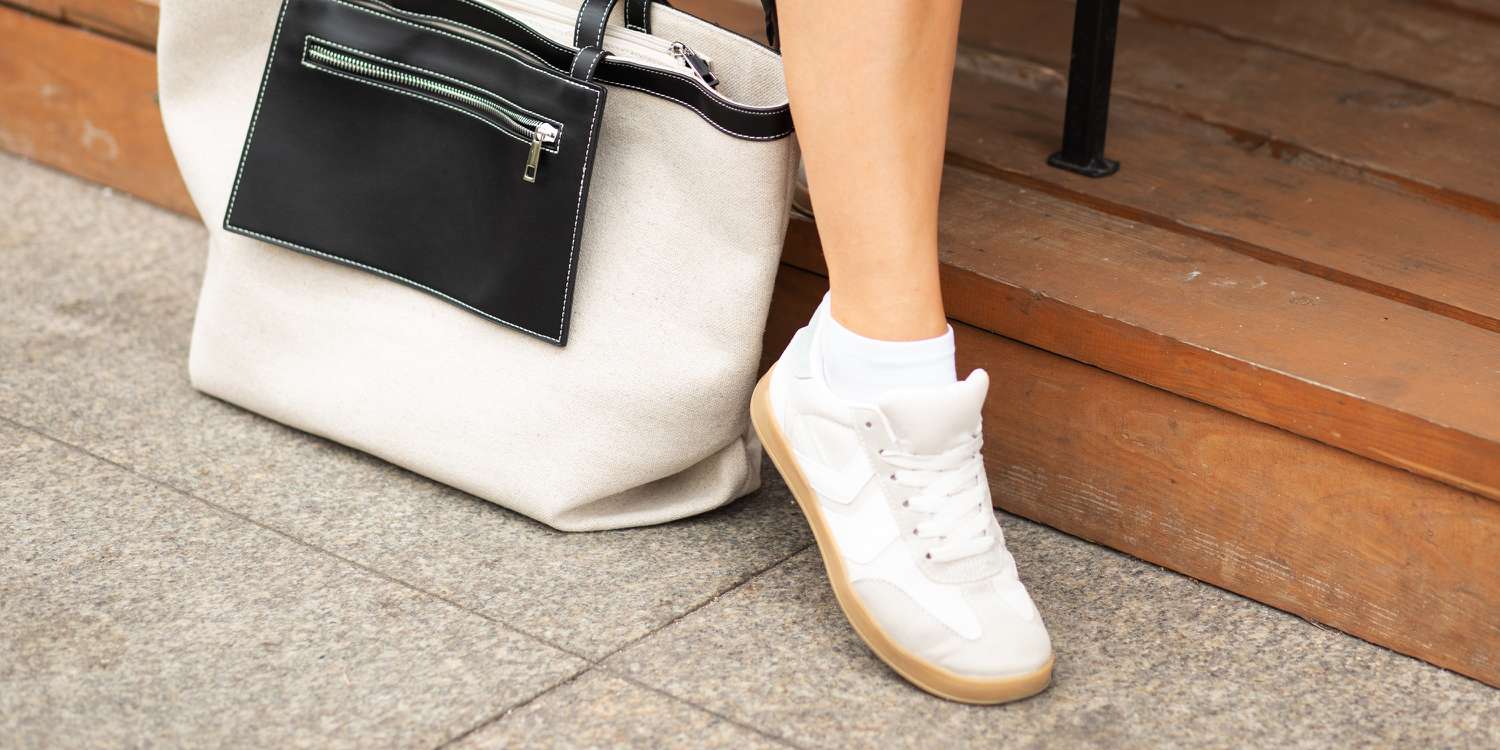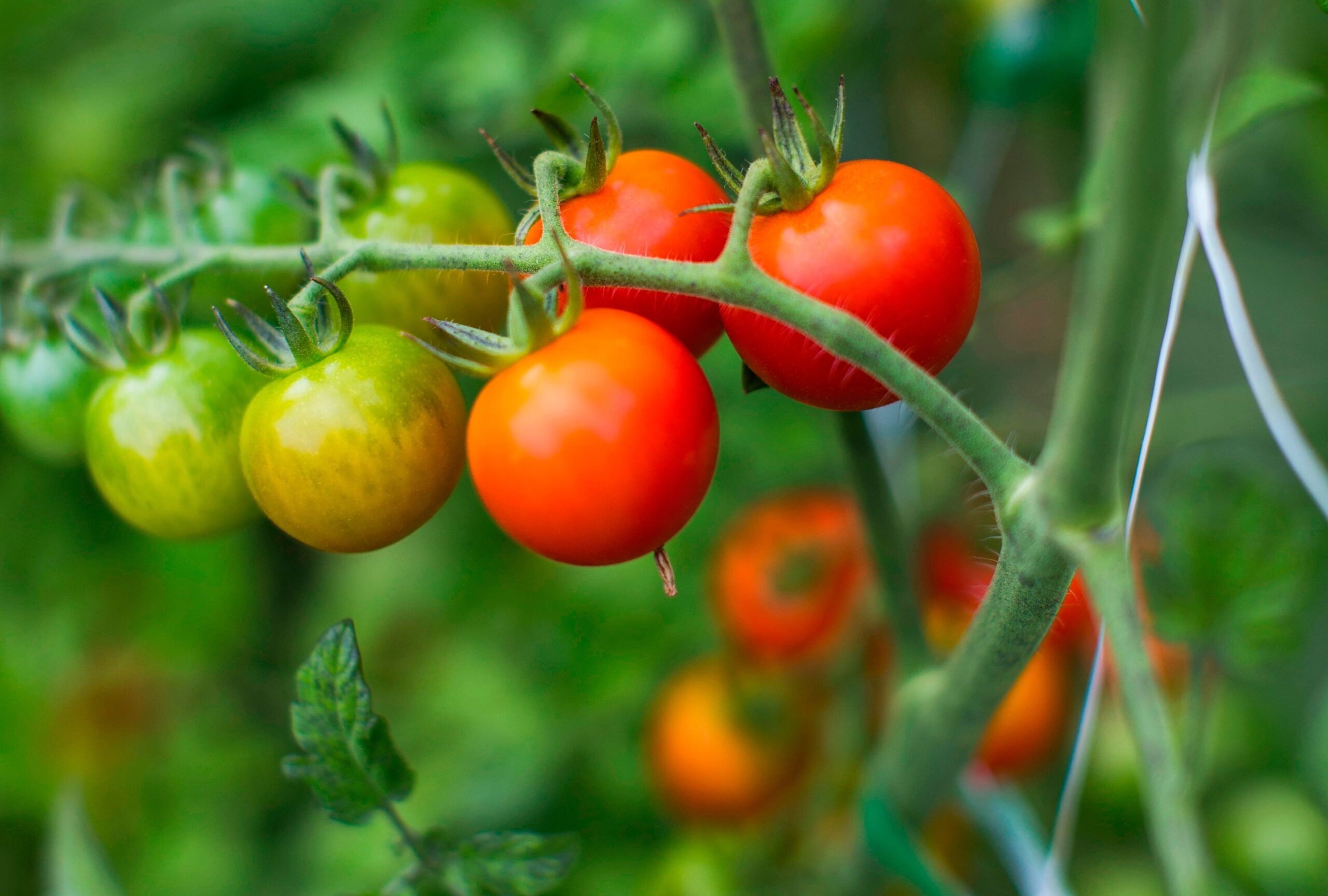
The Worst—and Best—Time to Water Your Plants, According to Pros
Some of us, no matter what we do, cannot keep a plant alive. Even if it’s hardy and forgiving, it still ends up withering. What gives? One possibility: You may be watering it all wrong.
“Overwatering and underwatering plants are common mistakes,” says Paris Lalicata, head of plant education and community at The Sill. “Overwatering can lead to root rot, fungal infections, and yellow leaves. Underwatering can cause browning, stunted growth, and wilting. It’s also important to water the soil, not the foliage, as wetting the leaves can encourage fungal diseases.”
But it’s not just about how much water you give your plants, it can also matter when you water them. We asked experts everything you need to know about the proper timing for watering your plants, both indoor and outdoor.
When Is the Worst Time to Water Indoor Plants?
Schedules are inevitably part of our waking hours, and it would be easy to assume that plants would also require a 24-hour routine. But, while the pothos beside your sofa is a living thing, it doesn’t necessarily need to be watered in the same way or at the same time every day.
“There truly isn’t such a thing as a watering schedule, since these timelines can change depending on the conditions plants are exposed to, like light, temperature, and humidity,” Lalicata says.
If you notice that your plant’s soil is damp, for instance, then it would be a bad time to add more water. But if you notice that your plant’s leaves are wilting, then that’s the right time to hydrate it. You may find that indoor plants are more fickle than outdoor plants, simply because they’re trying to grow in a pot rather than in the ground. But when you pay attention to the details, it’s easier to know whether or not your plant could use help from a watering can.
“Make sure to treat the plant according to its individual needs,” Becky Searle, expert gardener and botanist, says. “Check the leaves for any signs of browning, look out for bugs and damage to the leaves, and make sure if the soil is damp that the plant isn’t sitting in water. To avoid excess water in the plant’s pot, keep it in a plastic inner pot. You can then remove the plant from the outer pot that doesn’t have drainage, water it outside or over the sink, and put it back in the pot once it’s stopped dripping from the bottom.”
As long as you keep an eye out for the specifics of each plant, whether it’s a less-is-more succulent or a thirstier monstera, you’ll know when the time is right to add water.
When Is the Worst Time to Water Outdoor Plants?
Given that outdoor plants growing in soil are more enmeshed in the elements, keeping them alive is much easier than their indoor counterparts. Nevertheless, there are some parameters to keep in mind when it comes to watering them appropriately.
“There are no right and wrong times to water plants,” Searle says. “However, if you water in the heat of the day when your plant is in the sun, you will find that some of the water evaporates before it reaches your plant’s roots. So, if you don’t give it enough water, the plant may never feel the benefits. It’s best to water early in the morning when plants will be beginning to suck up water through their roots, but it’s cool enough that the water doesn’t evaporate.”
Lalicata agrees, and notes that watering in the evening can dehydrate the plant as it waits and can also make it difficult for it to be ready for the sun to arrive. “For outdoor plants, watering at night is not ideal because the soil doesn’t have time to dry—it can encourage fungal growth and potentially lead to root rot,” she notes. Make it a priority to water your plants alongside your morning coffee, and you’ll never have to wonder what you did wrong.
Other Tips to Grow Greenery Well
Besides keeping an eye on the dampness of the soil and cutting out any fungus as soon as it appears, Lalicata and Searle have a few other tips that’ll keep your green-thumb confidence growing alongside your plants.
- Pick the right pot: Oftentimes, the success of your plant comes down to the type of pot it’s in and its size, whether it’s inside or out. “Terracotta dries quite quickly, so it’s ideal for wet climates or plants that like drier soils,” Searle says. “Plastic or ceramic pots will hold onto moisture better, so they are great for damp-loving plants and sunny spots. If you find you have to water your pots a lot because they’re constantly drying out, it’s probably time for a bigger pot that will hold more water. Similarly, if your plants are getting waterlogged quickly, a smaller pot can help.”
- Use just-right water: Indoor plants and outdoor potted plants don’t respond well to water that’s too cold or too hot, so test its temperature before you fill up your watering can. “Watering indoor plants (or those in containers) with water that is too cold can shock the roots and cause stress,” Lalicata says. “Always use water that’s at room temperature or slightly warm. But for outdoor plants in the ground, the soil can buffer temperature changes better, and the roots are also deeper, making them more resilient.”
- Add more humidity: If you’ve noticed that your indoor plants wilt or yellow even though the soil is fine, then you might want to take notice of your air. “Many new houses have particularly dry air, which will cause some plants to lose water too quickly through their leaves,” Searle says. “Using a humidifier can help house plants like fiddle leaf figs. However, it’s usually best to buy plants that are naturally suited to the conditions you have, like succulents for a sunny windowsill or philodendrons for areas away from windows.” Do your research for which plants are best suited for your space, and they’ll be ready to thrive.



